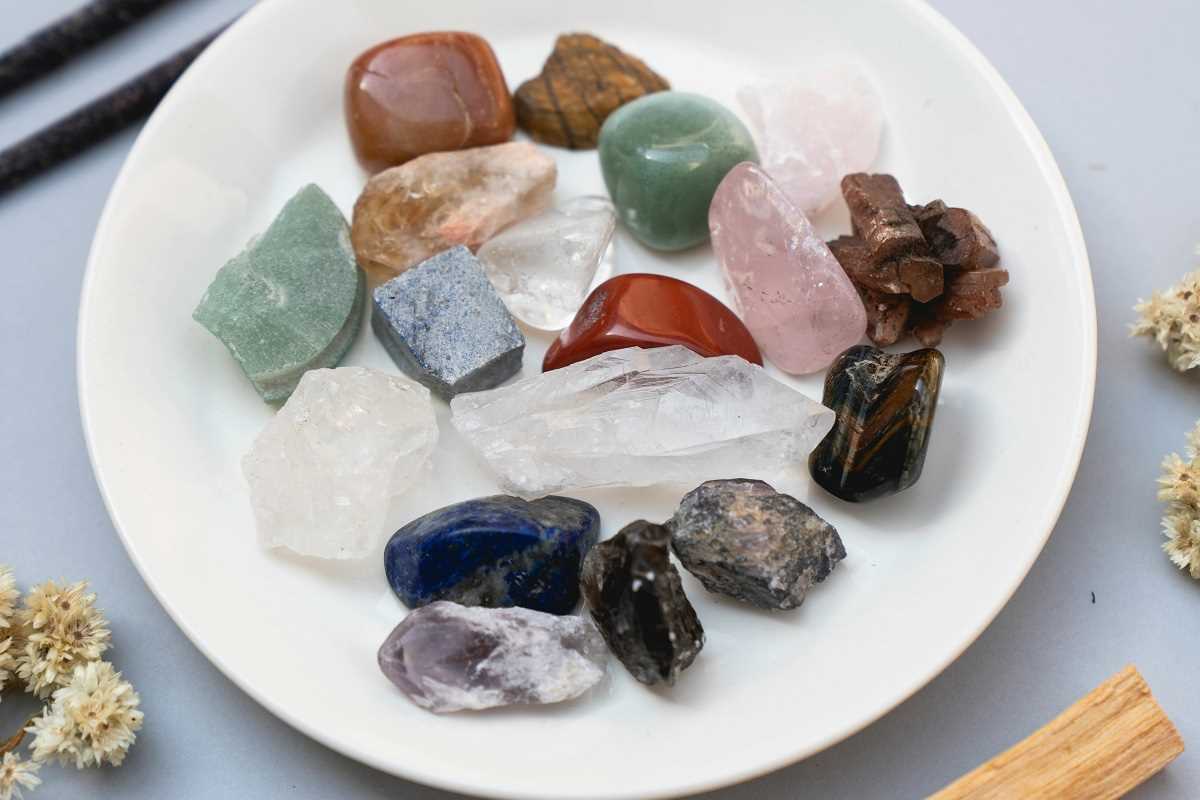Migraines are far more than just headaches—they’re a complex neurological condition that disrupts the lives of millions of people worldwide. Characterized by intense, throbbing pain often localized to one side of the head, migraines frequently come with additional symptoms like sensitivity to light and sound, nausea, and dizziness. While medications are commonly prescribed to treat migraines, many individuals seek natural remedies as a way to manage their symptoms more holistically and reduce reliance on pharmaceuticals.
Natural remedies include a broad range of approaches, from dietary modifications to alternative therapies. Here, we’ll explore some of the most promising non-pharmaceutical options for migraine relief, backed by both scientific evidence and anecdotal support, while discussing how to use these remedies safely and effectively.
Understanding Migraines and Their Symptoms
Before exploring remedies, it’s essential to understand the nature of migraines. A migraine attack typically develops in four stages. These include:
- Prodrome: This phase involves subtle warning signs like mood changes, food cravings, or neck stiffness hours or days before the migraine sets in.
- Aura: Not everyone experiences auras, but those who do may notice visual disturbances, like flashing lights or blind spots, as well as tingling sensations or difficulty speaking.
- Headache: The hallmark of a migraine often involves severe throbbing pain, typically on one side of the head. Other symptoms like nausea, vomiting, and heightened sensitivity to sound or light are common.
- Postdrome: After the migraine subsides, individuals often feel drained, weak, or mentally foggy for up to a day.
Triggers for migraines vary widely and can include stress, hormonal changes, certain foods, dehydration, and even weather fluctuations. While avoiding triggers can help prevent attacks, natural remedies can serve as a supportive strategy to mitigate symptoms or reduce the frequency of migraines.
1. Dietary Changes That Support Migraine Relief
Diet plays a significant role in managing migraines, as certain foods and drinks are known triggers while others may help reduce frequency and severity.
Hydration Is Key: Dehydration is a common but often overlooked trigger for migraines. Maintaining an adequate intake of water throughout the day can help prevent headaches from developing. Coconut water or electrolyte-rich beverages can be particularly useful for those prone to dehydration.
Magnesium-Rich Foods: Magnesium deficiency has been linked to migraines, making it important to consume magnesium-rich foods like spinach, almonds, pumpkin seeds, black beans, and dark chocolate. Studies suggest that magnesium supplementation may help reduce the frequency of migraines, particularly in those who are deficient.
Eliminating Trigger Foods: Some foods, including processed meats (nitrates), aged cheeses (tyramine), alcohol (particularly red wine), and artificial sweeteners like aspartame, are known to trigger migraines in sensitive individuals. Keeping a food diary can help identify personal triggers.
Caffeine Management: While small amounts of caffeine can sometimes alleviate migraine pain, habitual overuse may lead to dependence or worsen migraines. Moderation is critical.
2. Herbal Supplements to Consider
Certain herbs have shown promise in treating migraines:
Feverfew: This herb has been traditionally used to prevent migraines. Some studies indicate that feverfew may reduce migraine frequency and severity by calming inflammation in the brain and relaxing blood vessels. However, results are mixed, and more research is needed.
Butterbur: Butterbur root extract is another herbal remedy with encouraging evidence. Clinical studies suggest it can prevent migraines by reducing spasms in blood vessels and decreasing inflammation. It’s essential to use a purified form of butterbur to avoid liver-toxic compounds.
Ginger: Known for its anti-inflammatory and anti-nausea properties, ginger has been shown to alleviate migraine symptoms. A 2014 study even found that ginger powder performed comparably to sumatriptan (a common migraine medication) in reducing headache severity.
Herbal remedies are generally safe, but it’s crucial to consult a healthcare provider before starting them, especially if you have allergies, are pregnant, or take prescription medications.
3. Essential Oils for Relaxation and Relief
Aromatherapy using essential oils is another natural approach that helps manage migraines by promoting relaxation and pain relief.
Peppermint Oil: Applying diluted peppermint oil to the temples or forehead has been shown to reduce headache symptoms due to its menthol content, which helps relax muscles and improve circulation.
Lavender Oil: Renowned for its calming effects, lavender oil may reduce migraine pain when inhaled or applied topically. A 2012 study found that patients experiencing migraines reported significant relief after inhaling lavender essential oil for 15 minutes.
Always ensure essential oils are properly diluted before applying them to the skin to prevent irritation.
4. Acupuncture and Acupressure
Acupuncture, a traditional Chinese medicine practice, involves inserting thin needles into specific points on the body. Research increasingly supports its use for migraines. Studies show that regular acupuncture sessions may reduce migraine frequency and severity by influencing nerve signaling and improving blood flow.
Acupressure, a non-invasive alternative, involves applying pressure to acupuncture points, such as the “LI-4” point on the hand (located between the thumb and forefinger). Many migraine sufferers find that massaging certain points can offer quick, temporary relief.
5. Lifestyle Modifications for Migraine Management
Making simple but effective lifestyle changes can also impact how frequently and severely migraines strike:
Regular Sleep Patterns: Disrupted sleep is a well-documented migraine trigger. Prioritize a consistent sleep schedule that allows for 7–9 hours of rest each night. Creating a calming bedtime routine can also help improve sleep quality.
Stress Management: Chronic stress is one of the most common migraine triggers. Practices like yoga, meditation, and mindfulness exercises have been shown to lower stress levels and reduce migraine frequency. Even simple breathing exercises can have a calming effect and help during a migraine attack.
Exercise: Aerobic exercise, such as walking, swimming, or biking, releases endorphins and supports overall cardiovascular health, both of which can help prevent migraines. Be mindful, though, as overly intense physical activity sometimes triggers migraines in sensitive individuals.
Routine Physical Activity and Stretching: Regular movement and posture correction can also help, particularly for those whose migraines are linked to tension headaches or muscle strain.
6. Hydration and Temperature Therapy
Staying hydrated and using temperature therapy offers straightforward relief:
Cold Compresses: Applying an ice pack or cold cloth to the forehead or neck can numb pain and reduce inflammation, making it a tried-and-true remedy for many migraine sufferers.
Warm Therapies: For migraines linked to tension headaches, warm compresses or heating pads applied to the neck and shoulders may help improve blood flow and relieve muscle tightness.
The Importance of Consulting Healthcare Professionals
While natural remedies offer a range of potential benefits, it’s essential to approach them responsibly. Without professional guidance, there’s a risk of interactions with existing medications, allergies, or overlooking underlying conditions that require medical intervention.
For example, severe migraines can sometimes signal more serious health issues, such as neurological problems, requiring prompt medical evaluation. Therefore, natural remedies should not replace conventional treatments but rather complement them under a healthcare provider’s supervision.
Natural remedies for migraines combine practical, evidence-based solutions with the comfort of holistic care. While many non-pharmaceutical strategies lack the extensive research backing of conventional treatments, an increasing number of studies show their potential to alleviate migraine symptoms and improve quality of life.
Ultimately, the effectiveness of these remedies varies from person to person. What works wonders for one individual may offer little benefit to another, highlighting the need for a personalized approach. Combining natural remedies with a healthy lifestyle and consulting healthcare professionals ensures a balanced plan for managing migraines effectively.
By exploring natural options, migraine sufferers can take greater control over their condition, rediscover moments of relief, and add meaningful tools to their overall wellness journey.
 (Image via
(Image via





